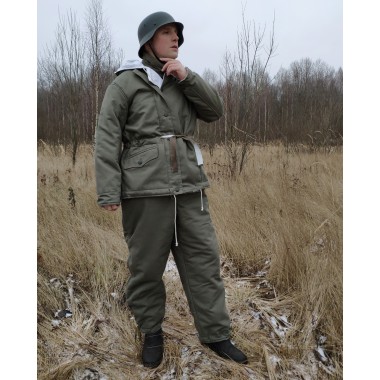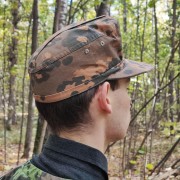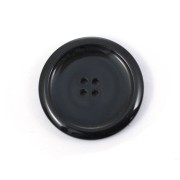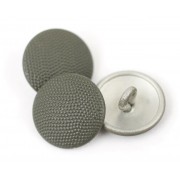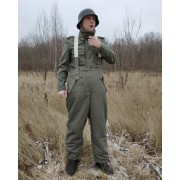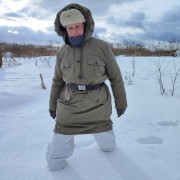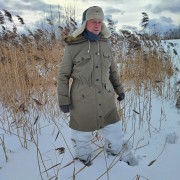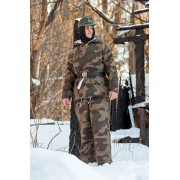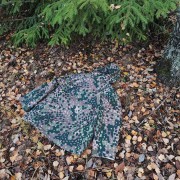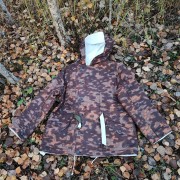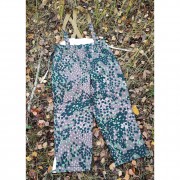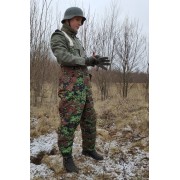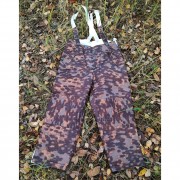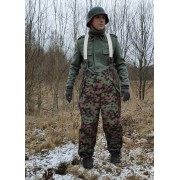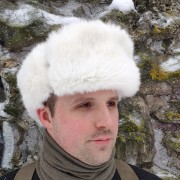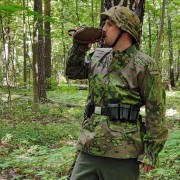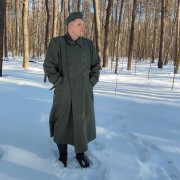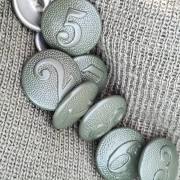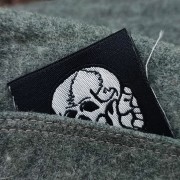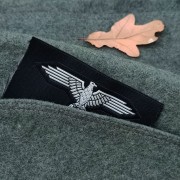How to choose the size?
The new batch of jackets will be ready by October 2022.
The price is only for the jacket. Suitable pants are sold separately. See the recommended products at the bottom of the page. Apply the discount code WINTERCAMO in the shopping cart and buy complete pants at the same time as a jacket with a discount! Buy a jacket and pants at once to get a set. The color and material may change slightly with each new batch, you can't buy a part of the set in addition later, we will not be able to select the matching fabric!
The size of the jacket fits the size of the pants, that is, the jacket and pants must be bought in the same size. If you wear a tunic of size M, then you need to buy a winter jacket M (that is, size I), you should not add the size "for the winter", everything has already been added. The standart height for the jackets and pants is 182 cm. This affects the length of the sleeves for jackets and the length of the legs for pants. German winter jackets were of three sizes: small, medium and large; we did the same. German winter jackets are made wide enough not to fetter a soldier and to fit different body-shapes; this must be understood if you are not buying a jacket for reenactment, but for civilian use.
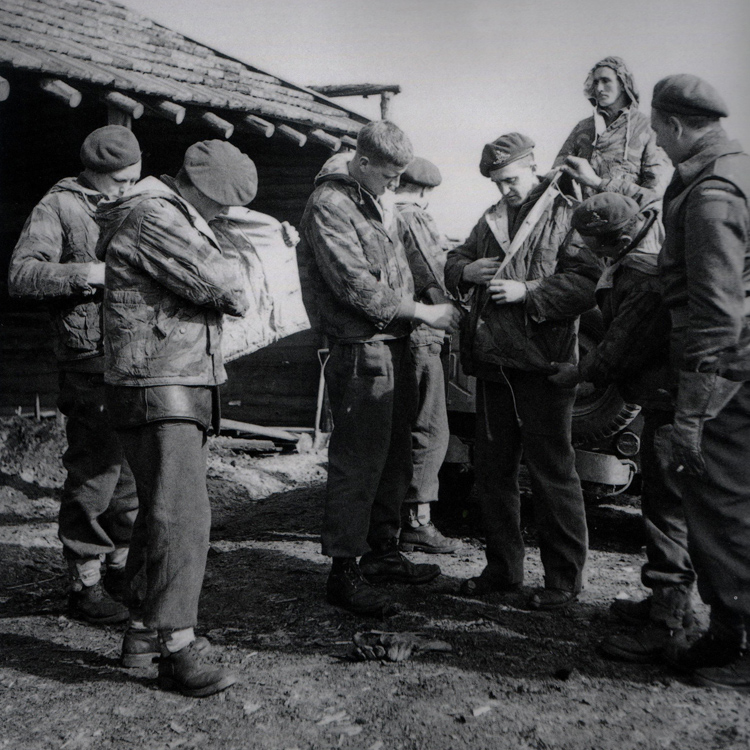
Canadian soldiers in Merksem, Belgium (near Antwerp), seizing the unifroms warehouses of the factory Reitz. The terrain is flat, rugged by rivers, the weather is windy and cold: Canadians are insulated as they can. Pay attention to the ratio of length and width of German winter jackets. Photo source: National Archives of Canada and the book of V. Palinckx "Camouflage uniforms of the German Wehrmacht."
You can choose the size without trying. You will need a flexible meter or at least a rope. Measure a similar winter jacket that suits you. Designations:
• Chest around — the recommended bare chest girth for a given jacket size (taking into account that you will wear it over a sweater and tunic); in brackets there is the maximum girth of the chest, which will fit into a jacket of this size (without a sweater and tunic).
• Plain chest — of the jacket under the armpits when the waistband is completely loose.
• Sleeve length — from the shoulder seam down in a straight line.
• Back height — from the hood bottom stitch down in a straight line.
• Shoulder — from hood bottom to the sleeve seam.
• The width of the shoulders — between the sleeves' seams along the shoulder seams, behind the neck.
| Size of the parka | Russian, international size | Chest around | Plain chest | Sleeve length | Back height | Shoulder | The width of the shoulders |
| I | 48-50, S-M | up to 100 (110) | 66 | 60 | 75 | 17 | 53 |
| II | 52-54, L-XL | up to 110 (120) | 70 | 64 | 78 | 19 | 57 |
| III | 56-58, 2XL-3XL | up to 120 (130) | 74 | 68 | 81 | 21 | 62 |
You can choose the size that is in stock. If the required size cannot be selected, then it is (already) out of stock.
Description
The parka is sewn from dense natural fabric with with plain weave (such as a tent or cotton duck). Such fabric protects best from wind and water. The fabric does not get wet slowly, but is not completely waterproof, of course. The fabric is dense but not rigid. Pants match the color of a similar jacket (see related products at the bottom of the page). To get a full color match, buy a jacket and pants at the same time. The shade of the fabric may be slightly different on a new batch in a year!
This is a responsible copy from a German sample. The patterns were developed from scratch under the control of the Replika shop. The pants are sewn by professionals on a factory, using heavy sewing equipment. This high-quality copy is designed and sold only in the Replika shop.
The jacket has an additional valve that protects the clasp from the wind; it fastens in the opposite direction relative to the front clasp. Its use is not necessary, it can be fastened and hidden under the front clasp. The jacket is pulled over the waist with double-sided tape. The waist of the jacket is very wide, suitable for any body-shape.
The insulation from recycled clothing is used inside, as it was in the originals. The Germans collected the old uniforms, as well as civilian clothes (including trophy and confiscated) and recycled it, getting a cloth like a loose blanket. The composition of such insulation varied due to the heterogeneity of the raw materials. In general, winter suits were not very warm. They had to be worn over a shirt, a cloth uniform and a sweater (a multilayer military uniform system is used to date). In a full suit, it is comfortable down to -15 degrees Celsius, however, this is not enough for guard duty (long inactivity), for this there were a special overcoat and guard boots.
We were attentive to the details, found and copied even insignificant and inconspicuous at first glance.
Button loops have a round end (eyelet) and a perpendicular limiting seam (lock) at the other end. Not expensive copies have loops with a wedge-shaped end, because this is the norm for modern equipment, and the Germans did not use them in the mid-1940s (extremely rarely on clothes 1944-1945).
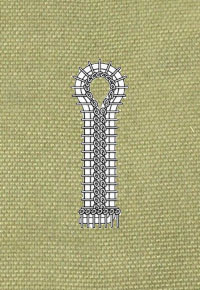 | 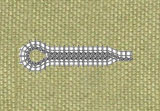 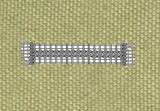 |
).
 |   |
On the left is the correct buttonhole shape for German winter suits, with a clip at the end. On the right are 2 variants of non-characteristic loops, which, however, can be found on some copies.
The first winter suits had metal grain buttons (standard for the German uniform). We reproduced this: there are grained buttons from the "autumn" and "winter" sides on our 1942 suits. They are painted, respectively, in a field gray (dull green, Feldgrau) and white. Buttons for colored ribbons are sewn on the sleeves above the elbow. These tapes had a conventional bright color (usually red or green) and allowed to distinguish their own from strangers on a monotonous snowy background. This system was no longer used at the end of the war, so buttons on camouflage models are rare after 1943.
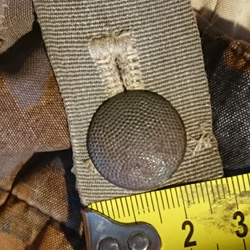
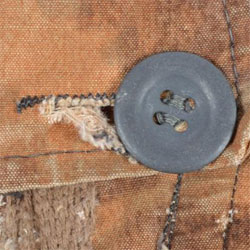
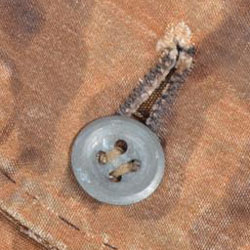
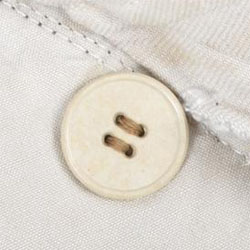
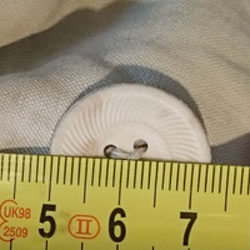
Types of original buttons on SS winter jackets (not a complete list). Original photo source: lux-military-antiques.com, Anton Volchkov and others.
There are no patches on the knees on this model, because the first 1942 model did not have them. There is also no counter-flap (wind-valve) on the front. These details appeared later in 1943. Access to the pockets is possible both from the "autumn" and from the "winter" side: there is a partition at the entrance so that the hand does not pass through, but falls down into the pocket.
The pocket valves are 5-point, as it was in the SS only.
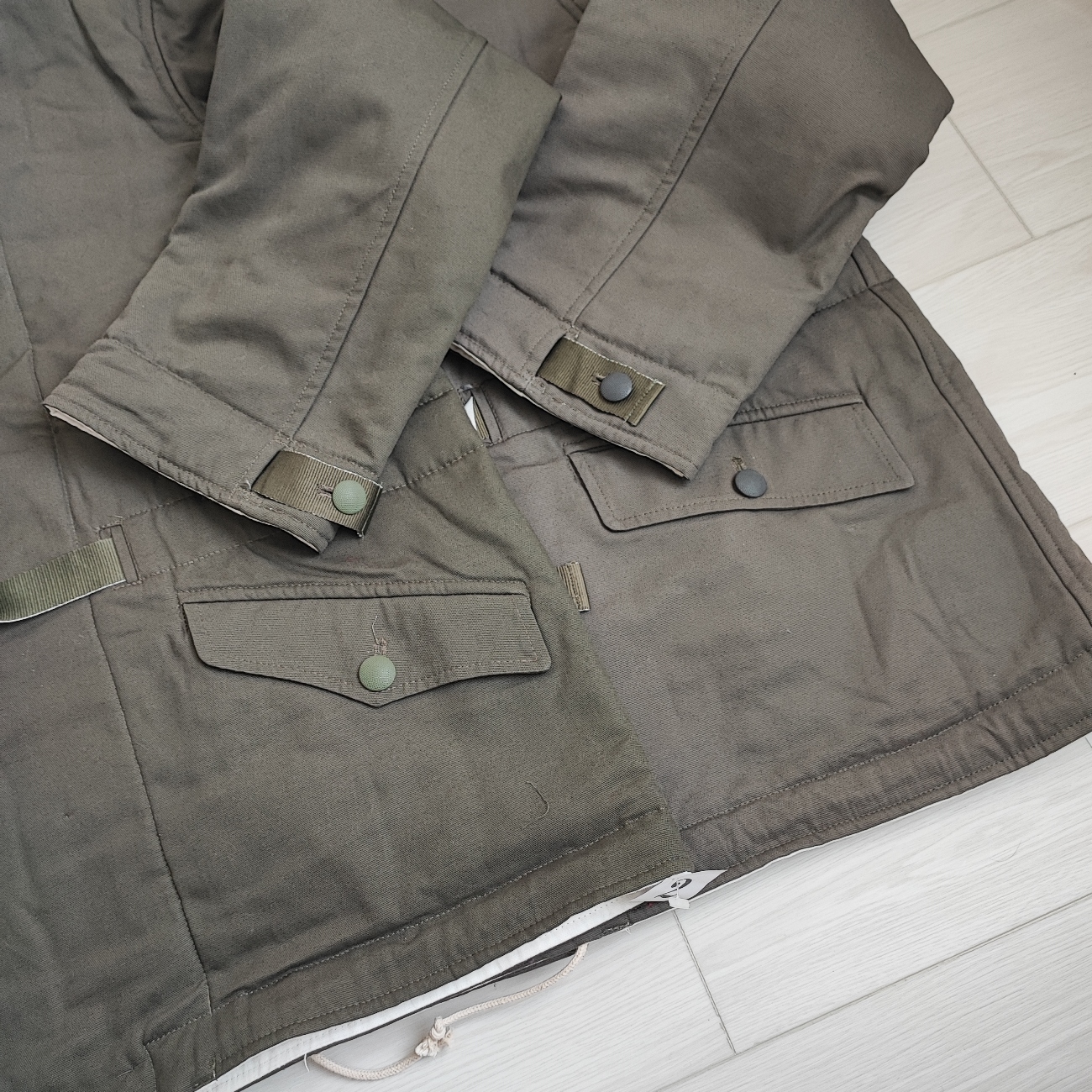
Compare the shape of the pocket flap: on the right - quadrangular, they were quadrangular only in the Wehrmacht. On the left, pentagonal, such were in the SS.
How to care for the product?
The soldiers at the front did not have the opportunity to wash their jackets (especially in the washing machine). After the winter (or in the case of taking the unit to rest in the deep rear), they handed the winter uniform over, and the rear services cleaned, sorted and stored it. Therefore, washing the winter uniform in the washing machine is an extreme measure. To get started, you just need to wash the jacket with a sponge or a soft brush with soap or detergent for natural fabrics in those places where it is dirty (usually this is the neck and cuffs). You can wash off the detergent with a jet of water (shower in the bathroom, for example).
The use of bleach (stain remover) is permissible only manually on the white side and on a dry jacket. So you can return the whiteness to the cuffs and other dirty areas. This must be done very carefully (or better not to do this at all). If bleach seeps onto the camouflage side (for example, through a seam), white spots will forever remain. It is unacceptable to wash the entire jacket in bleach!
Washing a jacket is the removal of contaminants from external surfaces; inside the jacket there is nothing to wash. If you decide to save time and wash in a machine, then select the delicate washing mode at a temperature of no higher than 40 degrees. The jacket will not deteriorate, the color will not fade, however, the jacket will slightly lose its shape and will no longer look like new.










